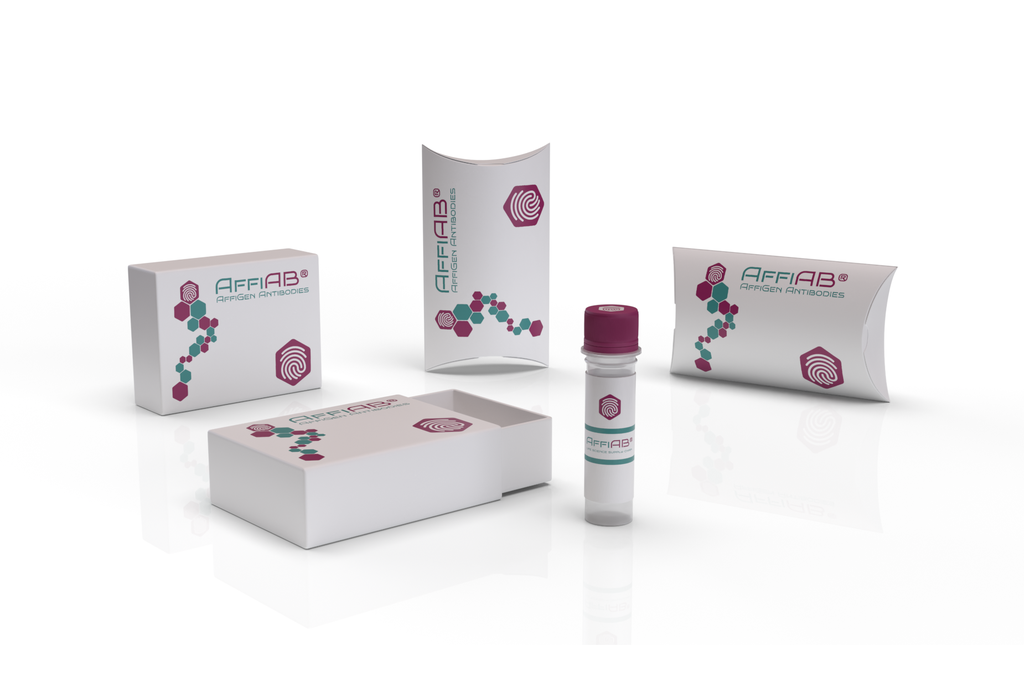AffiAB® Anti-TRADD Antibody
Tumor necrosis factor receptor type 1-associated DEATH domain protein is a protein that in humans is encoded by the TRADD gene. The nuclear form acts as a tumor suppressor by preventing ubiquitination and degradation of isoform p19ARF/ARF of CDKN2A by TRIP12: acts by interacting with TRIP12, leading to disrupt interaction between TRIP12 and isoform p19ARF/ARF of CDKN2A (By similarity) . Adapter molecule for TNFRSF1A/TNFR1 that specifically associates with the cytoplasmic domain of activated TNFRSF1A/TNFR1 mediating its interaction with FADD. Overexpression of TRADD leads to two major TNF-induced responses, apoptosis and activation of NF-kappa-B.
Antibody type
Rabbit polyclonal Antibody
Uniprot ID
SwissProt: Q15628 Human; SwissProt: Q3U0V2 Mouse; SwissProt: D3ZZC5 Rat
Recombinant
NO
Conjugation
Non-conjugated
Host
Rabbit
Isotype
IgG
Clone
N/A
KO/KD
N/A
Species reactivity
Human, Mouse, Rat
Tested applications
WB, IF-Cell, IHC-P
Predicted species reactivity
N/A
Immunogen
Recombinant protein within Human TRADD aa 109-312 / 312.
Storage
Store at +4°C after thawing. Aliquot store at -20°C. Avoid repeated freeze / thaw cycles.
Form
Liquid
Storage buffer
1*PBS (pH7.4) , 0.2% BSA, 50% Glycerol. Preservative: 0.05% Sodium Azide.
Concentration
1 mg/mL.
Purity
Immunogen affinity purified.
Signal pathway
Cancer, NF-KB signaling pathway, Immunology & Inflammation, Apotosis, MAPK signaling pathway
Recommended dilutions
WB:1:500-1:1, 000; IF-Cell:1:50-1:200; IHC-P:1:50-1:200
Molecular Weight
Predicted band size: 34 kDa
Subcellular location
Cytoplasm. Cytoskeleton. Nucleus.
Positive control
Mouse spleen tissue lysates, rat uterus tissue, human kidney tissue, rat brain tissue, mouse testis tissue, human breast tissue, SH-SY5Y, SiHa.
